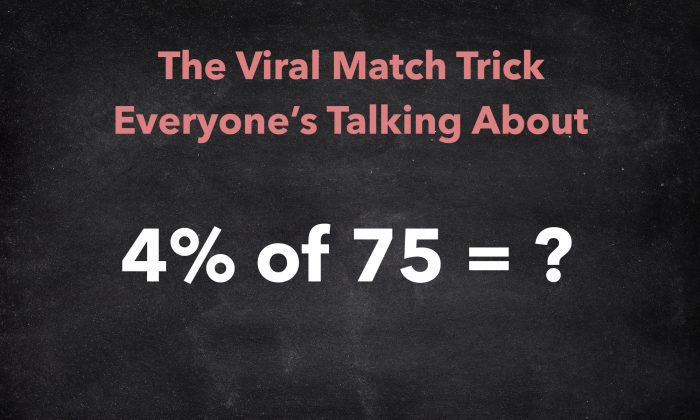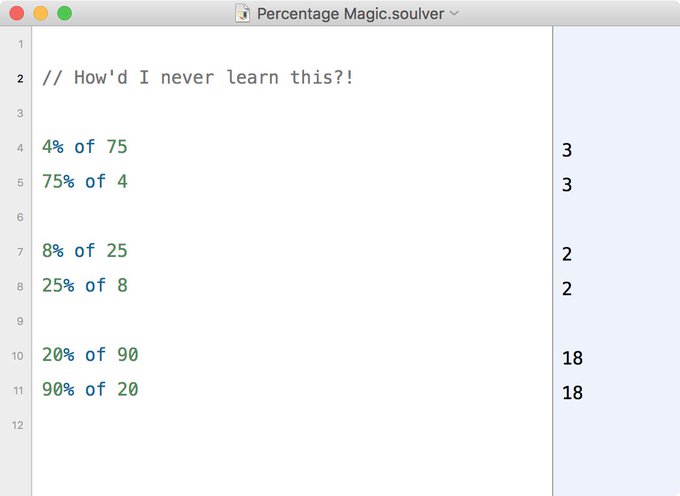
March 12, 2019
An incredibly simple yet life-changing math trick has gone viral, and it’s causing quite a stir. Smashing the invisible barriers between intellectual snobbery and the rest of us, a few professional mathematicians have even come forward to admit they never knew about this hack. The outraged masses are berating the teachers of the past and wondering why they didn’t learn this in school.
Calculators help, of course, but it turns out that there’s a forehead-smackingly simple way to calculate percentages in your head, and most people aren’t aware of it. Until now. Ben Stephens, a self-proclaimed “Math Whizz” hailing from Brighton in the United Kingdom, shared the trick on his Twitter page. He may as well have set off fireworks, given the overwhelming response that the post has fetched.
Here’s Stephens’s original tweet, below.
After posting this, the internet went wild. We hope that Stephens made a cup of proper English tea, sat back in a comfy sofa, and enjoyed the show!
Decoding Stephens’s example, we quickly figure out that 75 percent of 4 is, of course, 3. We can do that, can’t we? It’s immeasurably easier than trying to calculate 4 percent of 75. Keen to further expound the useful hack, Ben tweeted more examples. “18% of 50 feels hard to calculate,” he wrote. “But 50% of 18 is a doddle, right?”
Let’s decode a second time: 50 percent of 18 is, what? Wait for it … 9, of course! We’re noticing a pattern here. And the pattern is that this math hack really works. The math teachers of yesteryear are presumably cowering in their chalk-dust-covered tweed jackets, wishing they’d had this trick up their sleeves when we were in school.
Most of the responses to Stephens’s posts were from grateful, math-averse folk, thanking him for giving them a trick that would undoubtedly make daily life just that little bit easier. What was amusing (and also perhaps a little gratifying), on the other hand, were the admissions from mathematicians that they’d never heard of this trick before.
“Turns out that pretty much everyone gets that 3 x 5 = 5 x 3,” Stephens added to his Twitter feed. “But that we have never thought (or been taught) to think of calculating a percentage as a multiplication operation.”
There are still some more complicated percentages that will evade the simple application of Stephens’s equation. And for that, we only have math to blame. Why oh why must you be so complex? (Rhetorical question.) However, for those of us who have struggled to calculate more basic percentages without the aid of a trusty calculator, this is our moment. Harness Stephens’s trick, feel like a math god, and calculate to your heart’s content.













No comments:
Post a Comment